How to become a professional product photographer.
Product photography is a type of commercial photography that involves taking professional photos to be used on eCommerce websites, social media platforms, and stores to help drive sales of the featured product.
In this article, you will learn how to start a professional product photography business and the best product photography equipment to add to your photography tool kit.
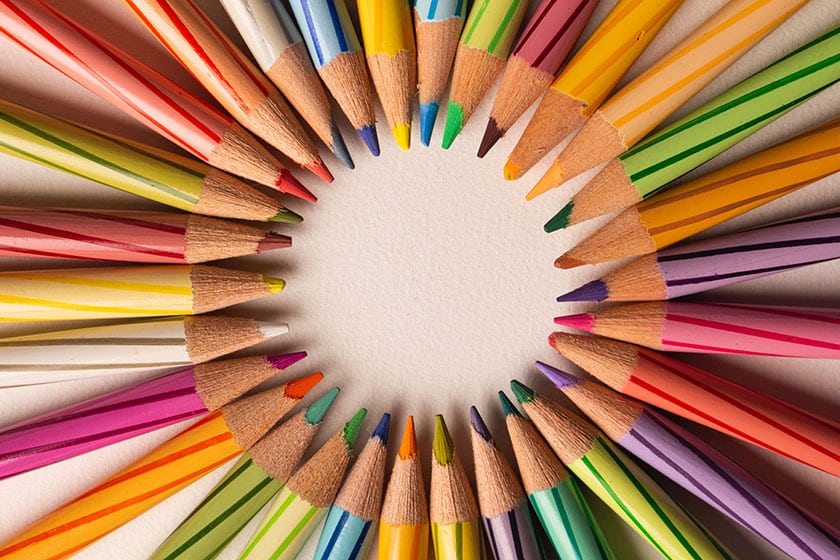
How much do product photographers make?
Region and industry play a role in determining how much product photographers make. One experienced photographer may make more or less than another, depending on several factors including differences in product photography markets.
We will share valuable insights from the 2022 photography industry report Zenfolio released earlier this year. Let’s talk about money.
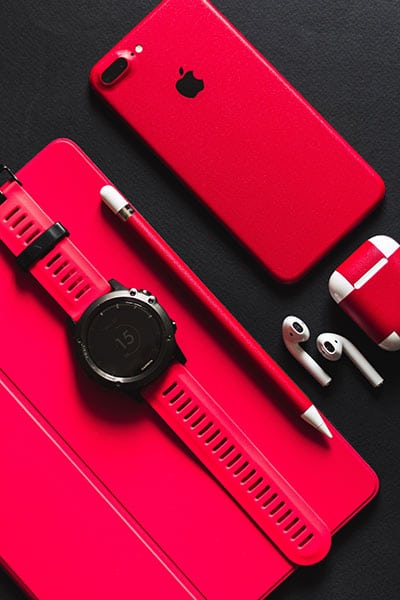
Product photographer salary.
According to the 2022 State of the Photography Industry Report, more than 25% of product photographers in the US earned a salary of USD $40,000-100,000, with the top 23% making more than $100,000 a year. 45% of them made an average salary of $10,000-40,000.
For those who are part-time self-employed, roughly 70% of the product photographers made USD $10,000-40,000 per year with the top 8% making $60,000-80,000 a year. Approximately 18% made less than $10,000 a year.
Of full-time self-employed product photographers, 30% made more than USD $100,000 and nearly 50% made $40,000-100,000.
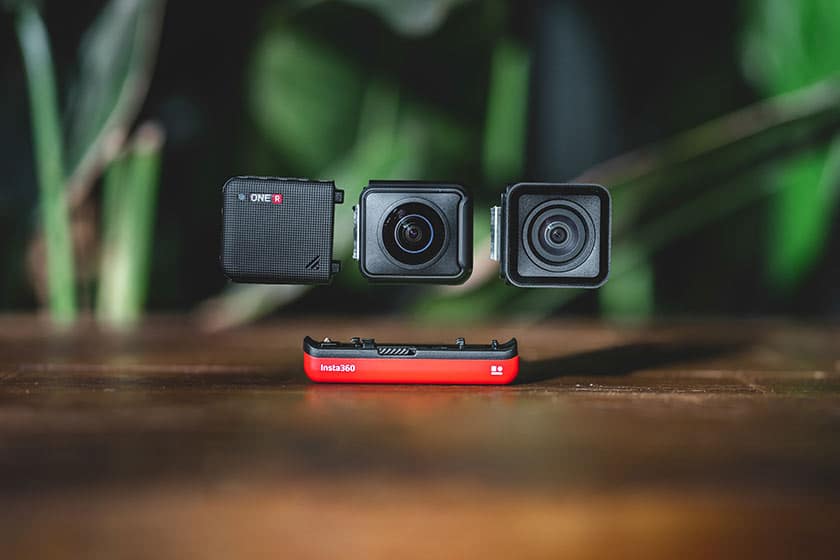
Demographic data from the industry survey.
Full-time product photographers can either be self-employed or employed by companies. Small to medium businesses make up the main source of clients requesting product photography services. They represented more than twice the size of enterprise corporations.
Commercial photography is one of the 15 genres in photography specializations, which represents 6.3% of the photography market. Product photography falls within the genre of commercial photography and is a specialized niche genre in photography.
The highest earning potential resides in the “Commercial” genre whereas photographers who focus on the “Fine Art” genre generally have the lowest earning potential.
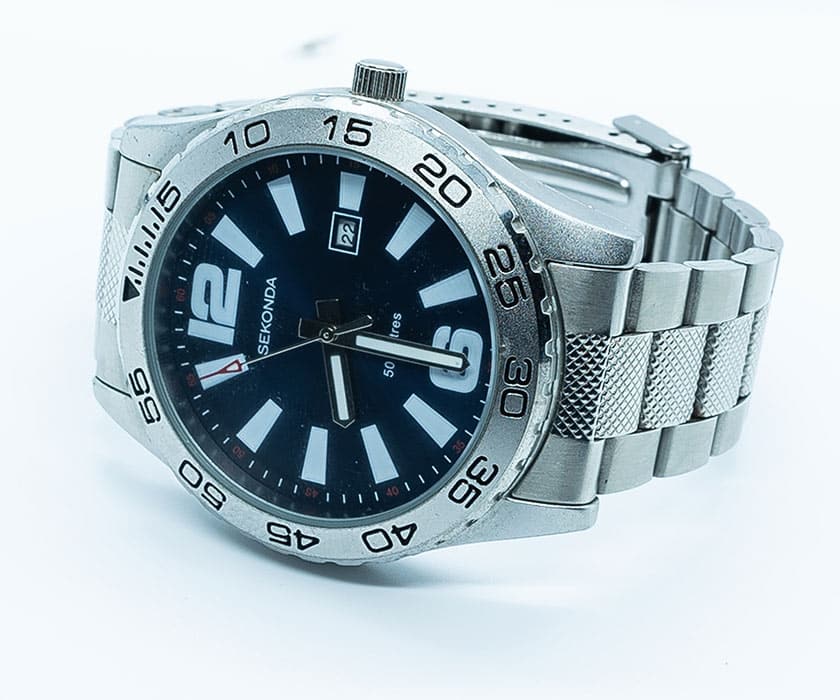
Product photography equipment
Although appropriate skills and techniques are key to creating a perfect photo, the quality of your equipment plays a very important role in product photography. Especially when you’re working with products with a lot of detail, having equipment that can showcase those details is important.
We’ll share the best lens, camera, lights, tripods, and other product photography accessories for you to consider.
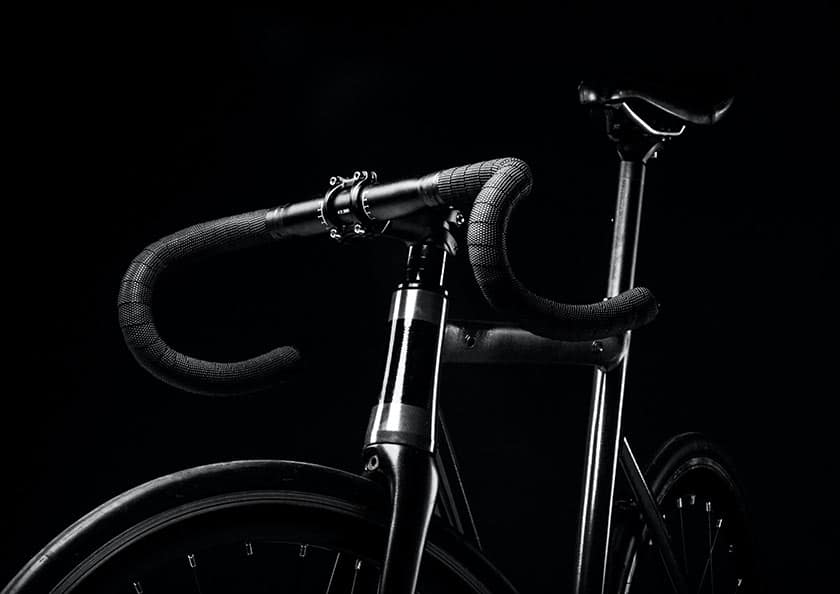
Best lens for product photography.
The best lens will vary from project to project, as well as depending on your style. Some projects may require an ultra-wide angle, whereas others will call for a telephoto focal length. Generally speaking, the best lenses for product photography (see also: most popular) are a 50mm prime lens, a 105mm prime lens, or a 24-70mm zoom lens.
A 50mm lens is a versatile lens and it is great for portrait and product photography. With a field of view that is similar to the human eye, it feels familiar to the viewer. It’s also in the sweet spot when it comes to flexibility to achieve the look you’re going for. Alternatively, a 105mm prime creates more separation between your subject and background and is great for macro product images (more on that next.) If you need flexibility for your photoshoot the best option may be a fast 24-70mm. With a zoom lens, you can tailor the field of view specifically to your shoot location and this lens will yield some incredible results.
Depending on the type of products you will be photographing, we recommend having a macro lens in your gig bag, such as the 105mm. This way you can get in close to your subject and render all of the features you need in high detail. For example, you need to take product photos of a very thin gold chain. Macro lenses will allow you to show the details of each chain link larger-than-life so potential customers can really decide if that’s the product they want to purchase.
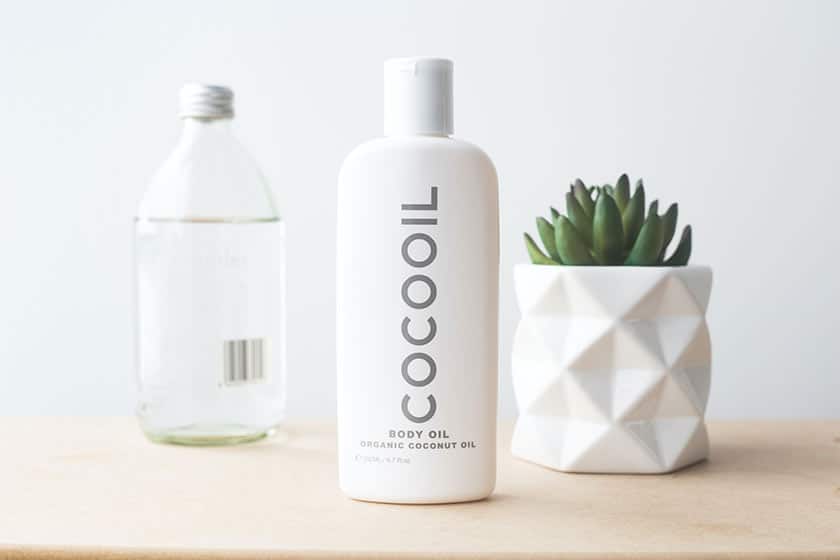
Best camera for product photography.
Again, this is a personal decision, but generally speaking, the best camera for product photography would be either a mirrorless or digital single-lens reflex (DSLR) camera. Both camera types offer features including manual mode, fast and accurate autofocus and video capabilities, and removable lenses to retrofit various product photography needs.
Some product photographers choose DSLRs for better battery life and optical viewfinder features, while others opt for mirrorless cameras for their smaller size, lighter weight, and superior autofocus features.
You may want to consider a full frame camera since these gather more information and render higher quality images that are suitable for high-end product photography.
Depending on your experience and budget, you could also consider a medium format mirrorless camera. Medium format cameras have an even larger sensor than full frame cameras so you can get incredibly sharp detail and blow up the images to a much larger size.
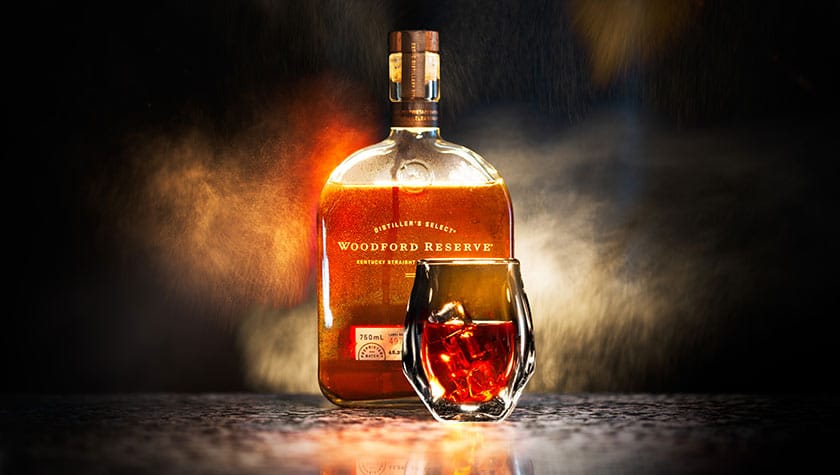
Best lights for product photography.
Product photographers use both natural and artificial lighting, according to preference and needs of the shoot. However, artificial studio lighting gives you a little more control compared to natural light in product photography. Continuous lights and strobe lights are the dominant lighting sources.
The best lights for product photography are one or two high-quality LED continuous lights that mimic daylight. Continuous light gives you a lot of control and you can see exactly how it will look on your subject. Ring lights are best for smaller product shots, but watch out for the shadows. Ring lights create a front-facing, flattering light but you may need to get creative to even out parts of the scene with additional lights. Softboxes create a soft, flattering light. These are probably the most common light sources for product photography because of the quality of light. Generally the larger the softbox, the softer the light. Softboxes come in rectangle, round, or octagon shapes and they’re ideal for shooting large products.
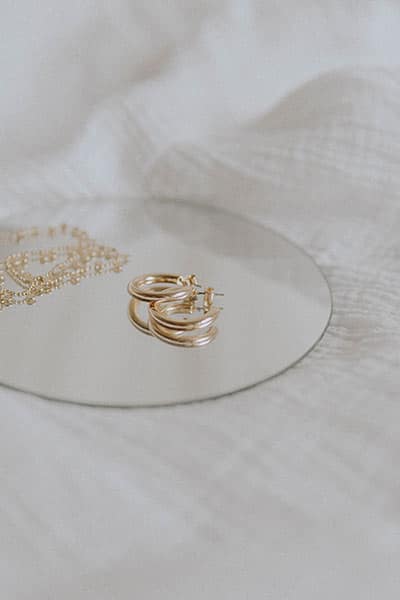
Best tripods for product photography.
Tripods come in different forms and are great for holding up a heavy camera and providing stability. The best tripod for product photography is one that allows for table height, is made of sturdy material, and allows for top-down configuration.
Tripod heads have three main categories: pan and tilt head, ball head, and geared head. Although many companies offer kits including both, tripod heads and legsare often purchased separately. Make sure the ones you get also have a level on them. The level is a small but powerful tool that will make your post-production work a lot easier when you get it right in camera.
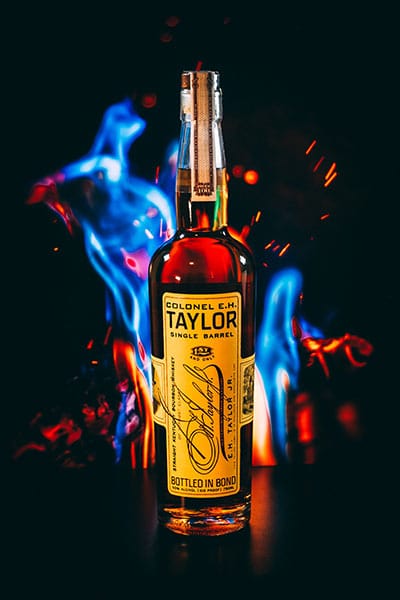
Product photography accessories.
Consider adding accessories to your product photography equipment. For example, a reflector will help fill in some of the shadows on your subject. You can also use flags to stop the light from spilling over into areas of the image you want to keep in shadow.
Accessories like clamps, backdrops, acrylic rods, mirrors of different colors and sizes, reflective cards of various colors, scrims to diffuse lights, black and white foam boards, and c-stands are great for shooting product photos.
How to start a product photography business.
Follow the checklist below to kick-start your product photography business:
1. Figure out a specific niche.
Seek inspiration from Pinterest, Instagram, and magazines to find the specific niche of product photography you can specialize in. You may take some time to find your place in the product photography space. Try shooting different kinds of products and projects and see what you enjoy most.
2. Ready your gear.
Make sure you have the essential equipment to get started. That means a camera body, a couple of lenses, and options for lighting, backgrounds, and props. Don’t forget you’ll need a way to edit your images. Consider editing tools like Photoshop or Lightroom.
3. Write a business plan.
A business plan helps organize your thoughts and guides you to your goals. It’s a roadmap that lays out your business and how it’d be profitable.
4. Follow the trends.
Research trends in Instagram and Pinterest will give you some ideas on what type of product photographs are in demand. But don’t get caught up in only following and replicating trends. Push yourself creatively, be true to your vision and be different.
5. Build a portfolio.
Build a portfolio and make sure you have somewhere to show off your hard work. As a product photographer having a portfolio website will be essential to growing your business. Portfolios allow you to showcase your best work and skill sets to clients.
6. Get new clients.
We don’t typically recommend working for free, but if you can contact brands you like and for which you are an advocate, then we are all for proposing a shoot to get your foot in the door. You can also promote your work online, run paid advertising campaigns, and ask clients to refer you when they need more work.
7. Networking.
Attending networking events and joining popular Facebook groups to network with other photographers, videographers, and local entrepreneurs could lead to potential new business opportunities.
Build an online portfolio website you love.
Put your product photography in the spotlight.